Patchwork
The patchwork technique has been known for a long time in many countries. Our grandmothers used it to save money - they gave a second life to old clothes.
Today patchwork we are still loved for their unusual beauty: bright patches, like a mosaic, are folded into bizarre patterns and warm not only the soul, but also the body - in the form of bedspreads and blankets. The patchwork technique is also used to decorate pillows, rugs, potholders and wall panels.
In addition to aesthetics and economy, patchwork is fun, calms and helps to take care of the environment, because old clothes are not thrown away, but turned into home decor.
Ceramic pots
Clay products were in every apartment, but now they are still relevant. Ceramics is the first man made material from natural raw materials.
Indoor flowers in pots made of baked clay are associated with rustic life and simplicity. They fit perfectly into Scandinavian, eco- or country-style, suitable for growing greenery, environmentally friendly and does not deteriorate from water.
If you have several clay pots left over from your grandmother lying around in your apartment, feel free to decorate the interior with them. Abrasions and white bloom (efflorescence) will only add character to the product.
Valance
It served not only as a decoration for the bedroom, but also performed a purely practical function: it hid household items - baskets and chests. Previously, the beds were very high, because they were located as far as possible from the cold floor, and the space under them acted as a kind of wardrobe.
Today the valance serves as a decorative element, adds romance to the bedroom and masks the unsightly bed frame if necessary.
Decorative plates
At all times, dishes were considered an interior decoration, and in the Soviet era they were a real subject of worship. Crystal sets were prized and displayed.
And collecting decorative plates came into fashion even earlier - at the end of the 19th century. Today, elegant products are bought from artists, brought from travels and painted on their own.
Products can be placed on shelves or hung on the wall - the composition will make the atmosphere more soulful and original.
Carpet on the wall
Traditional Soviet carpets not only demonstrated the well-being of their owners, but also protected them from the cold. In a modern interior, old massive wool canvases are no longer hung on the wall, but used for their intended purpose - they are laid on the floor.
But the walls of grandmother's apartments were often decorated with plush rugs with deer - the first copies were captured and appeared after the Great Patriotic War. These patterns were quickly mass-produced and "tapestries" became traditional décor in many homes.
Today carpets are also hung on the walls - they fit perfectly into ethnic styles.
Crochet napkins
In order to somehow diversify the atmosphere at home and give it comfort, our grandmothers and mothers knitted napkins, starch and laid them on pillows, tables and even a TV. Thin lace products add tenderness to the interior, and with the fashion for provence, Scandinavian style and shabby chic napkins take on a completely new shape and become unusual decor.
Crocheted lace adorns decorative pillowcases, frame window openings, and turn into openwork lamps and wall panels.
Tracks
Colorful homespun rugs, which used to be called "paths", created coziness and warmth in every home. They not only decorated the environment, but also protected the wooden floors. The paths were easily erased, cleaned in the snow, or simply knocked out on the street. The used clothing was often used as a material.
Woven and self-woven rugs are still in great demand. And if earlier they covered the entire surface of the floor, now one "path" is enough to to give the interior a coziness.
Zhostovo trays
Zhostovo painting, which has become one of the symbols of Russian folk art, originated in the 19th century in the village of Zhostovo near Moscow. Artists have preserved this craft for decades, and its real heyday was in the 1960s, when the products attracted attention at international exhibitions and generated massive demand.
Trays with a flower bouquet on a black background turned into independent panels, which still adorn the walls and shelves.
Macrame
This is an ancient type of needlework based on knot weaving. IN macrame technique make rugs, lampshades and curtains, but hanging pots for climbing plants.
Today, more perfect and comfortable materials for weaving have appeared, and decor using the macrame technique has become one of the trends in hand-made for the home. Planters for flowerpots and wall panels are still in demand.
Embroidery
It is believed that embroidery got into interior design from the sphere of rural crafts. She makes the atmosphere lively and soulful, and sometimes adds a touch of chic.
Hand-embroidered textile accessories - pillows and paintings - look great in Provence, Ethno and Scandian styles, and sometimes fit into a modern interior.
The modern world is distinguished by an abundance of information that generates anxiety and stress, which is why it is so important to decorate your home with a soul: this will not only give the interior individuality, but also help you relax. Today "grandmother's" decor is in demand more than ever - many forgotten things are back in fashion, as they give a feeling of warmth and awaken a pleasant feeling of nostalgia.


 10 practical tips for arranging a small kitchen in the country
10 practical tips for arranging a small kitchen in the country
 12 simple ideas for a small garden that will make it visually spacious
12 simple ideas for a small garden that will make it visually spacious

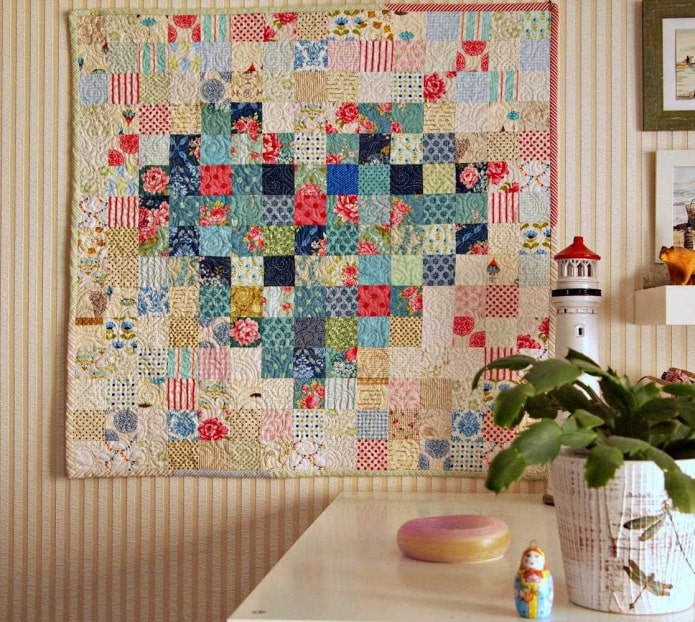
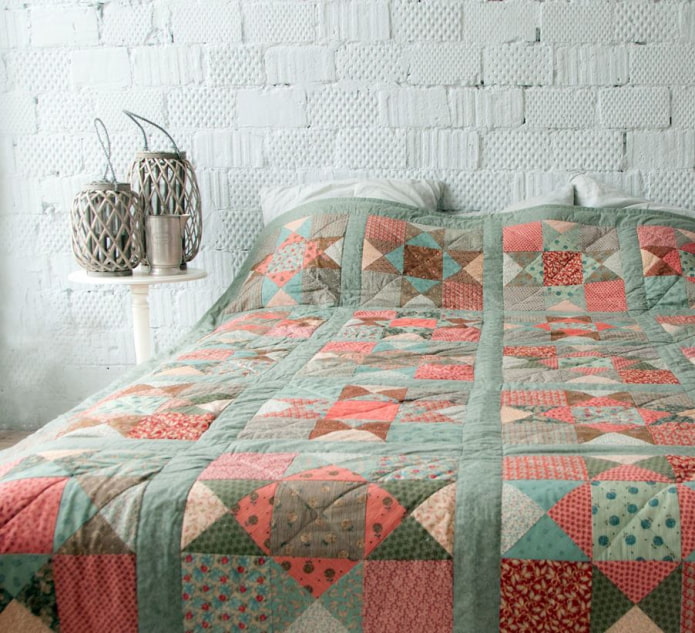
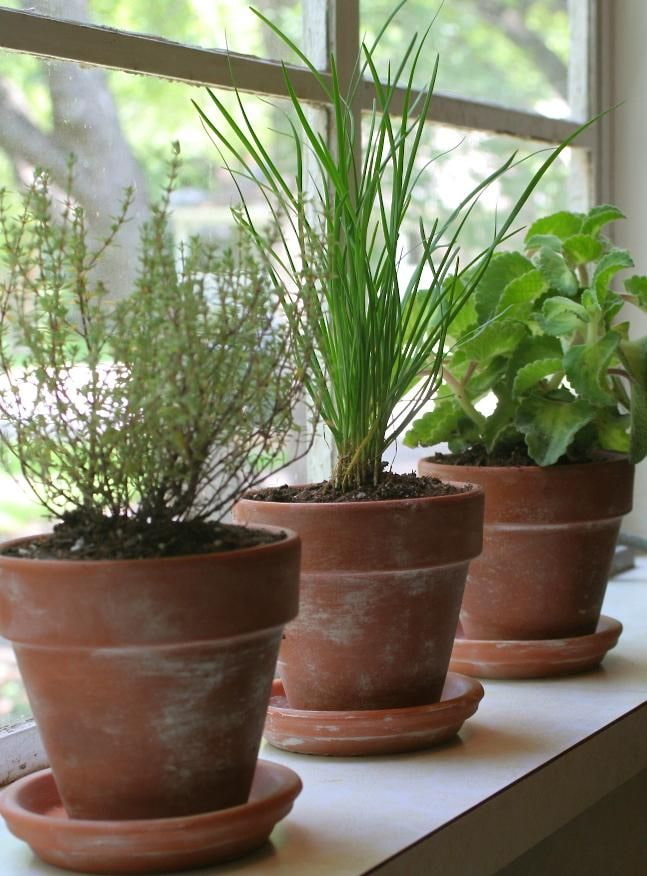
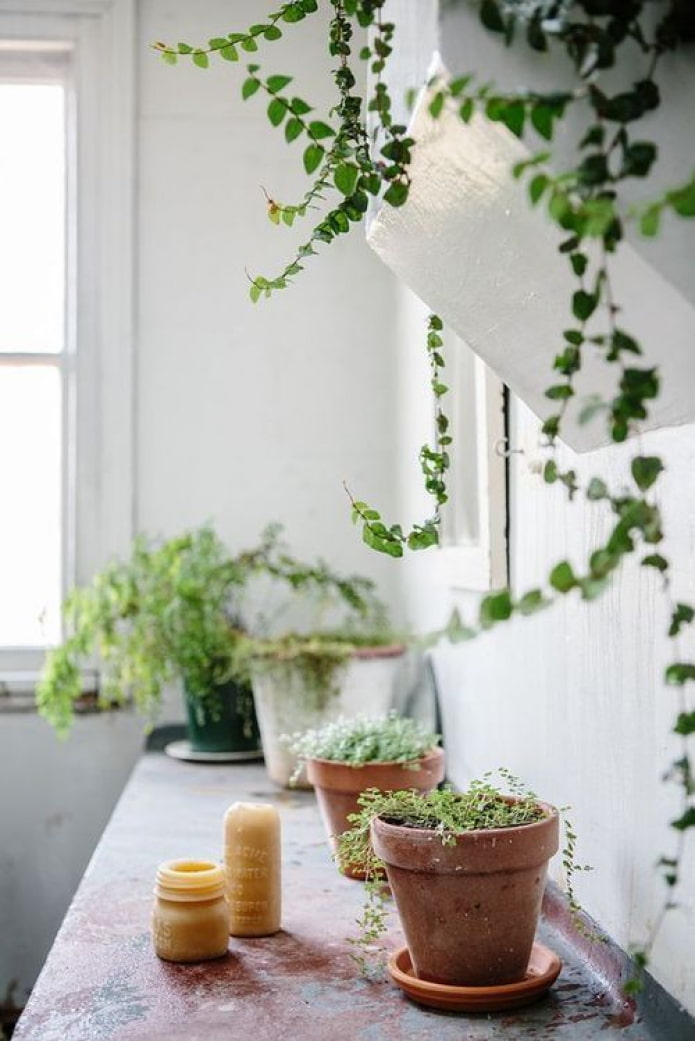
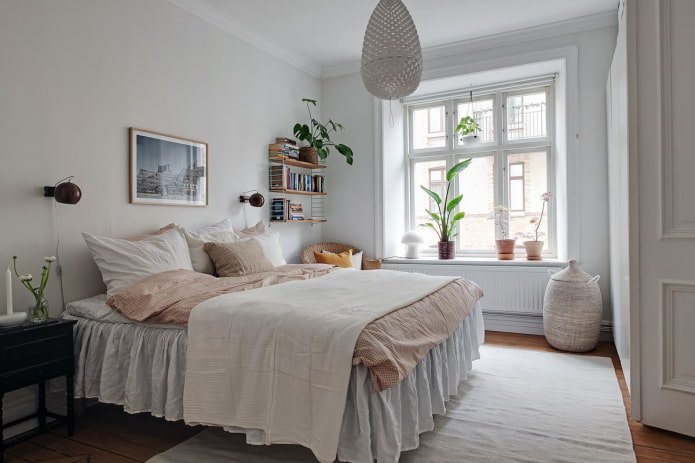
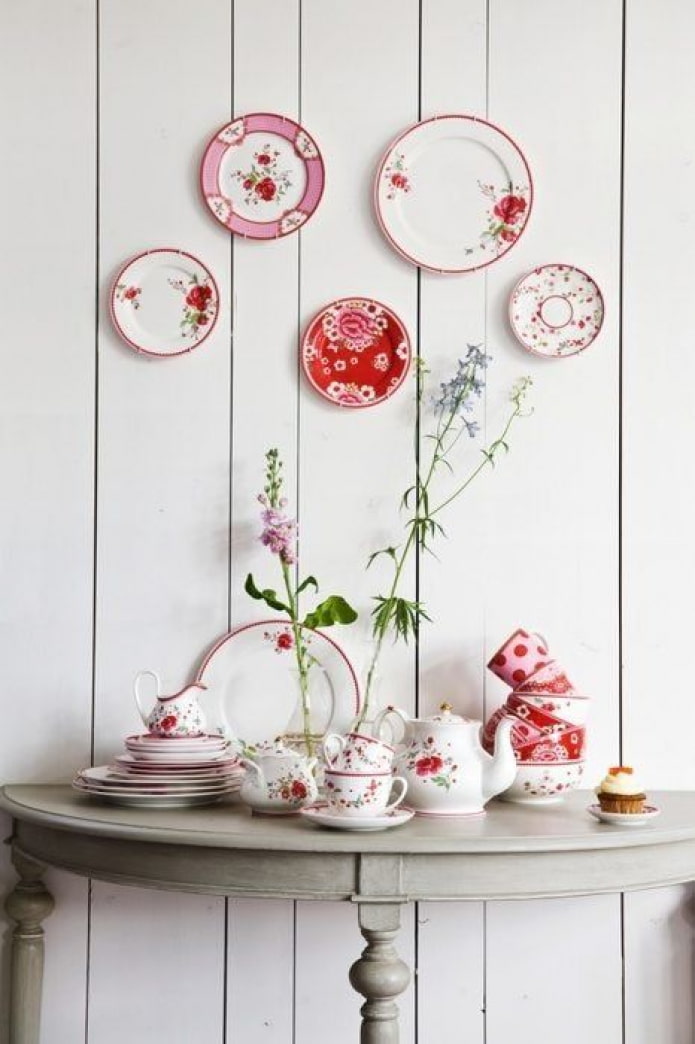


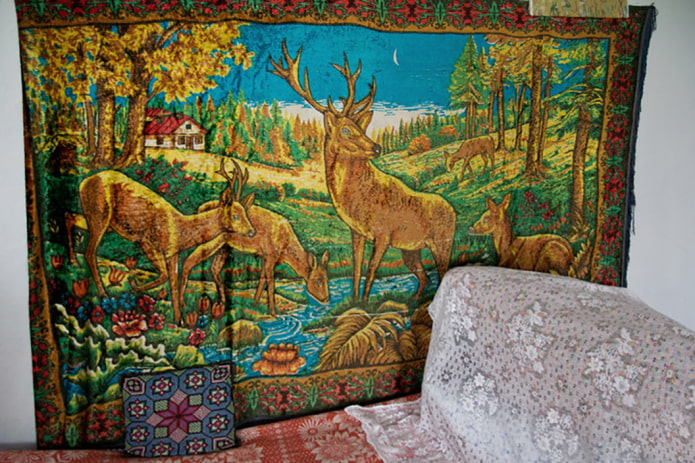
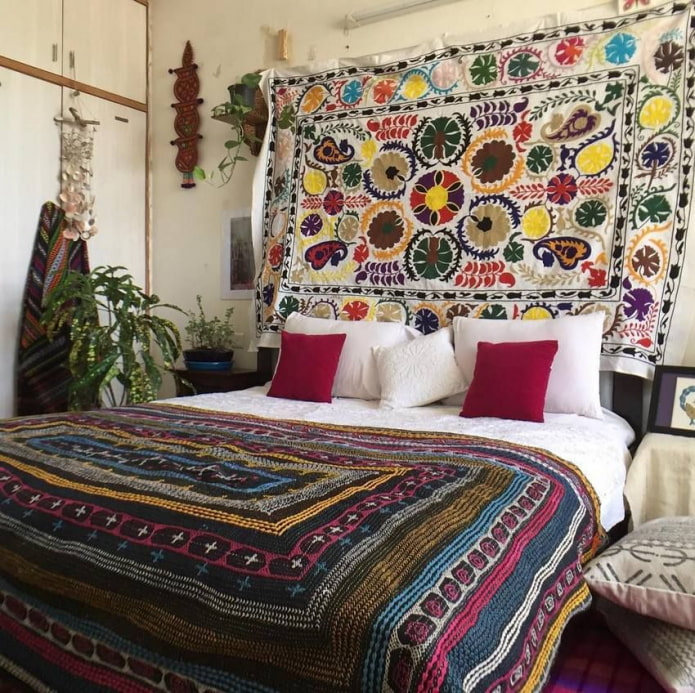

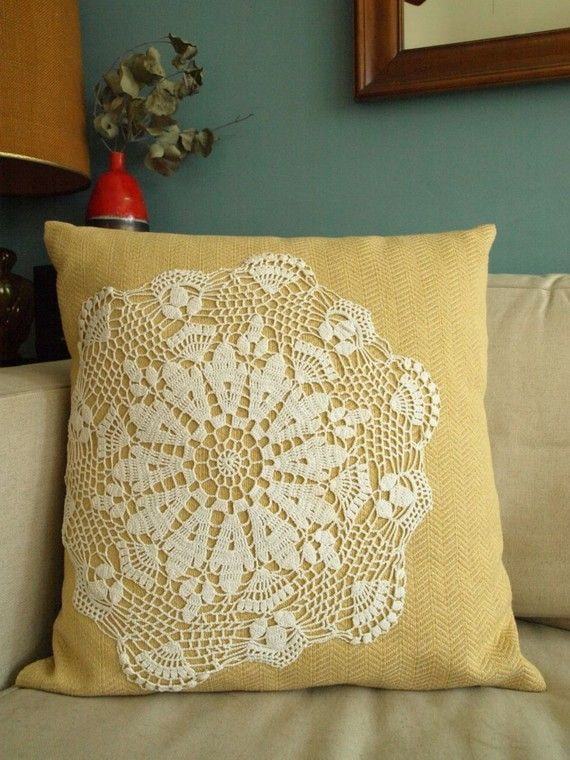
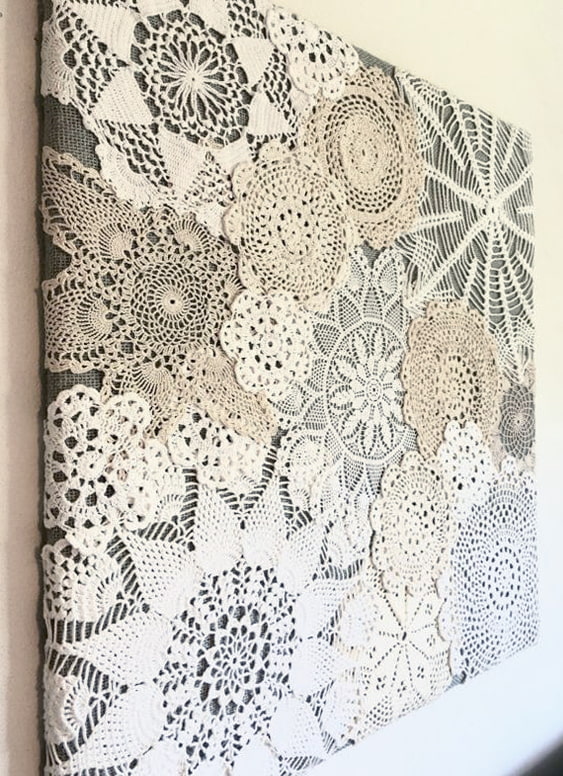
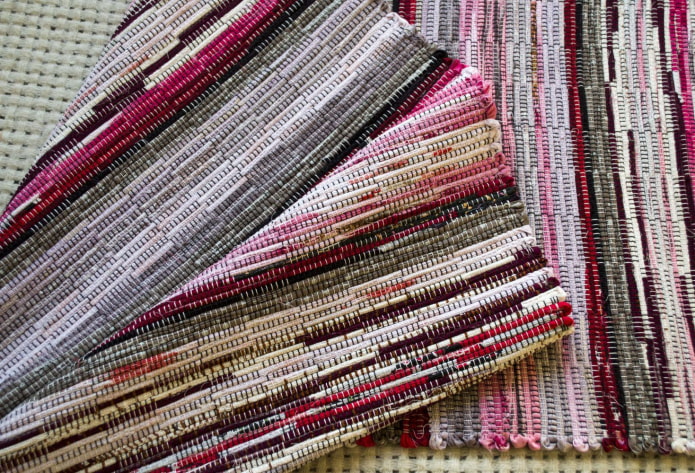
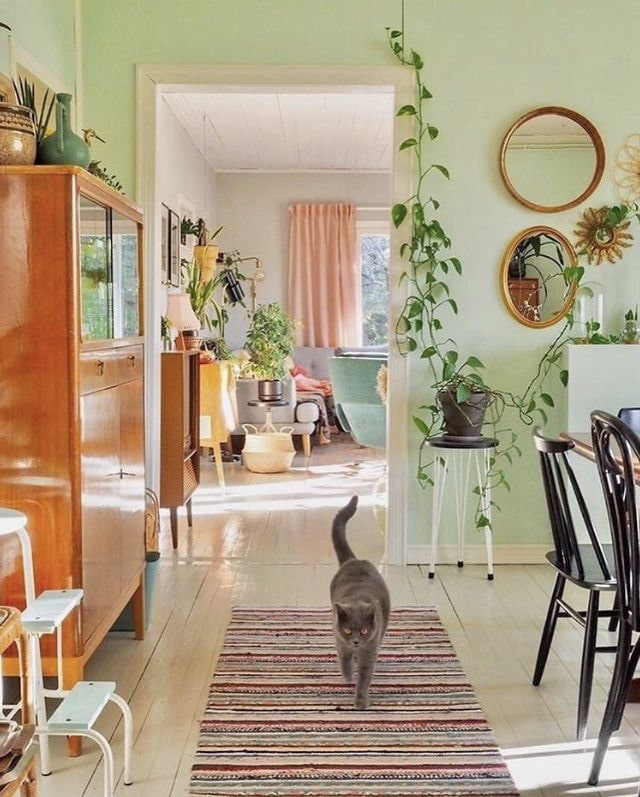

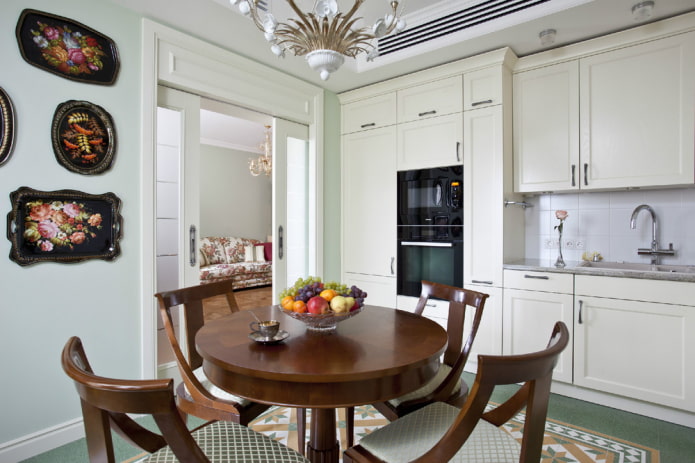
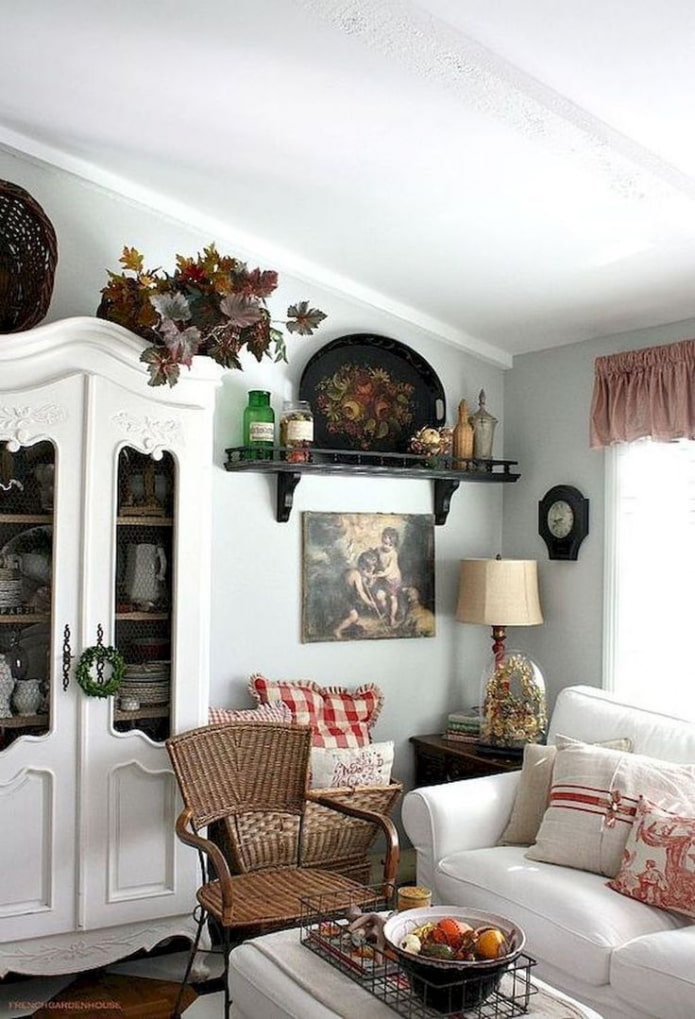
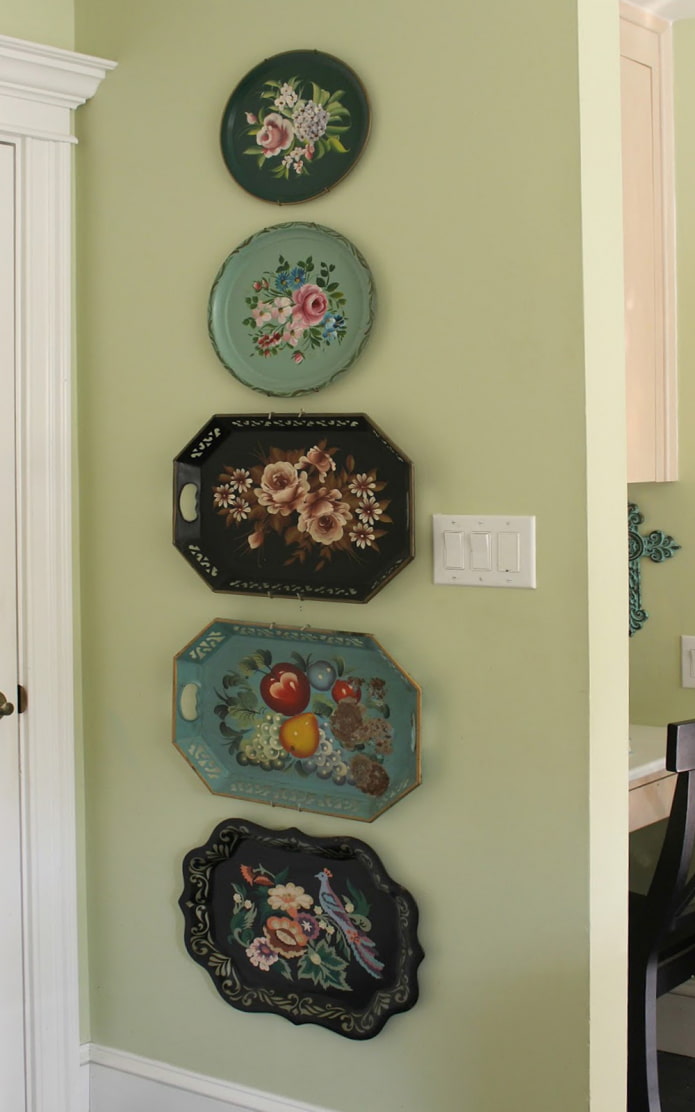
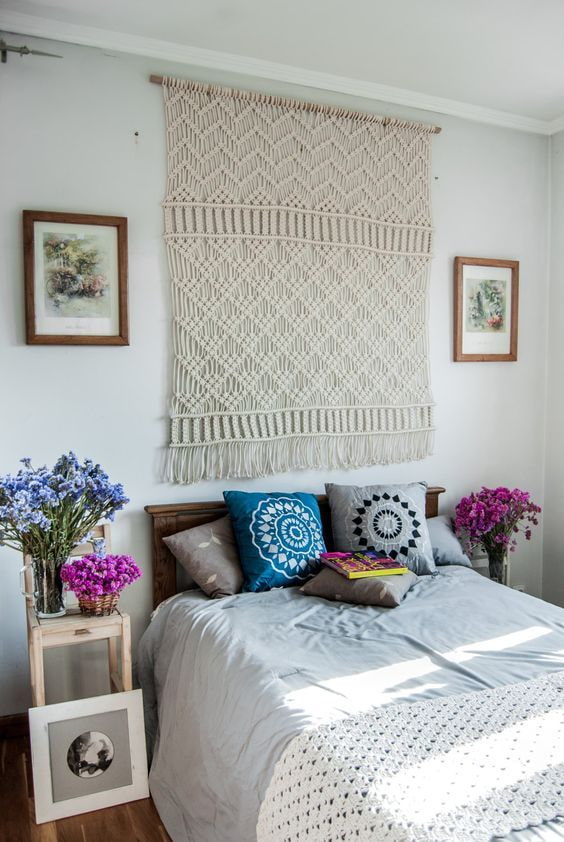



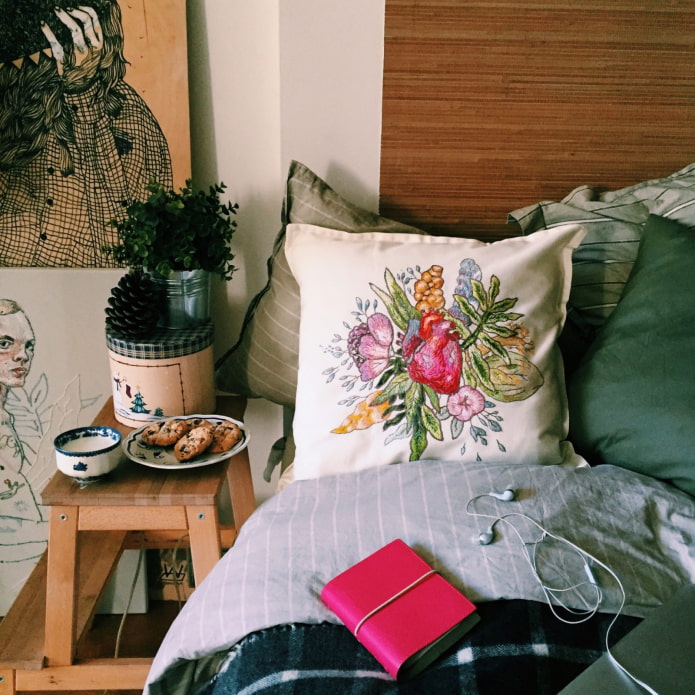

 13 bad habits a good housewife shouldn't have
13 bad habits a good housewife shouldn't have 24/7 home cleanliness - 4 secrets for the perfect housewife
24/7 home cleanliness - 4 secrets for the perfect housewife 6 hotels in Sochi that will give odds to the promoted foreign hotels
6 hotels in Sochi that will give odds to the promoted foreign hotels Top 10 interior design trends 2020
Top 10 interior design trends 2020 Rating of cheap TVs with Smart-TV
Rating of cheap TVs with Smart-TV New Year's LED garlands on AliExpress - we disassemble while it's hot, so that it's bright at home
New Year's LED garlands on AliExpress - we disassemble while it's hot, so that it's bright at home